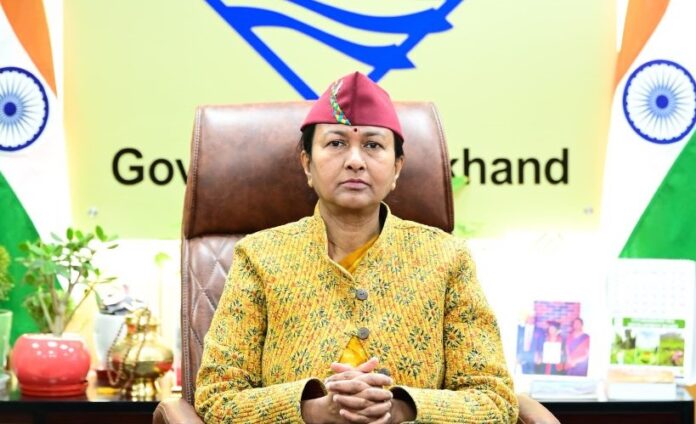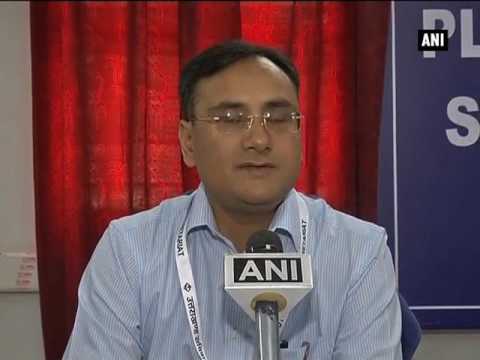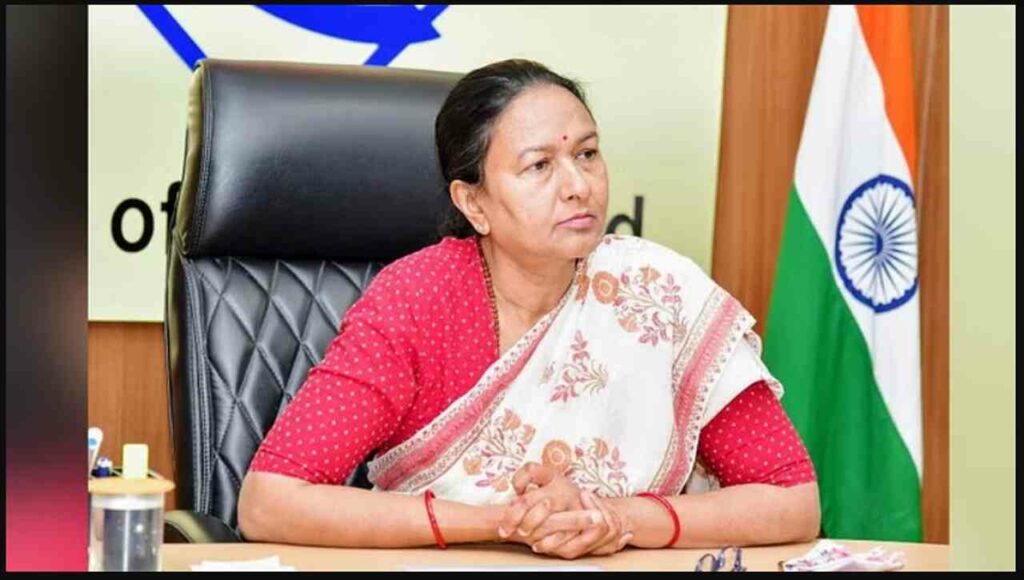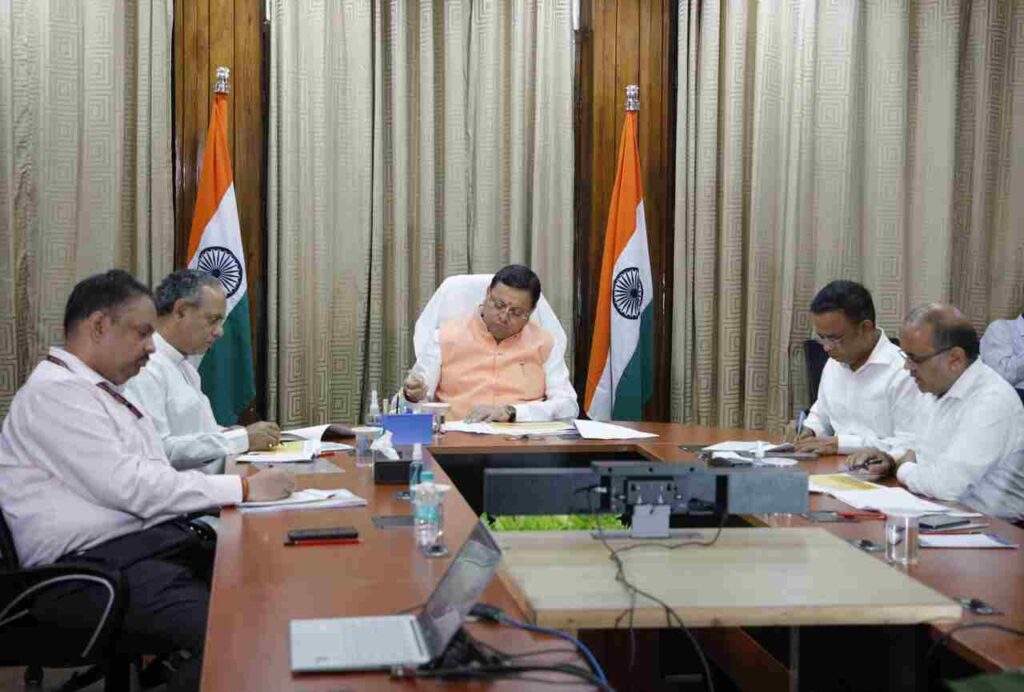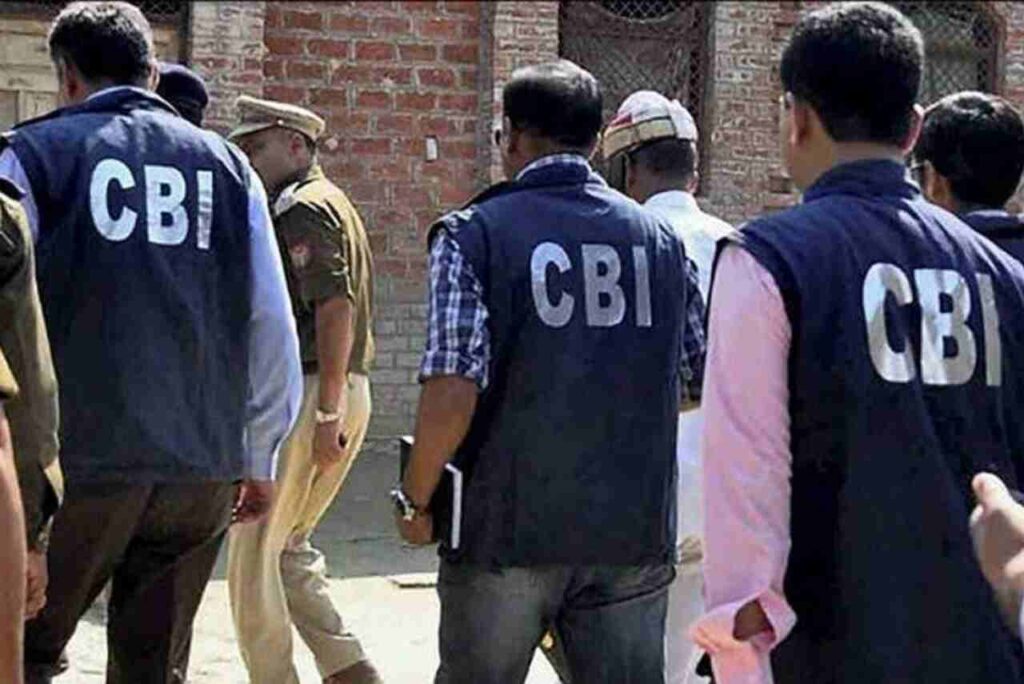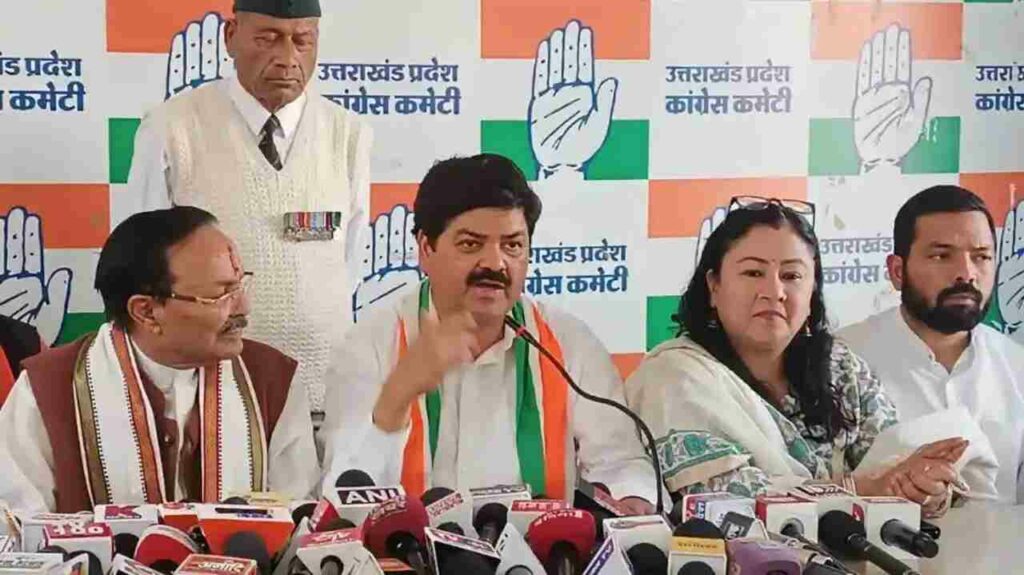Uttarakhand’s Chief Secretary, Ms. Radha Raturi, an IAS officer of the 1988 batch, has mandated comprehensive measures to enhance the state’s landslide management and mitigation strategies.
During the second executive committee meeting of the Uttarakhand Landslide Reduction and Management Center (ULMMC) held at the Secretariat, Ms. Raturi emphasized the need for an effective landslide information database, thorough hazard assessment, and rigorous field testing.
To bolster landslide preparedness and risk reduction, Ms. Raturi directed the creation of a detailed atlas covering the Chardham Yatra route as part of the Landslide Information Database. She also called for the preparation of a district-wise landslide inventory and the mapping of landslide susceptibility across districts.
The Chief Secretary underscored the importance of continuous monitoring and advancing early warning systems to mitigate landslide risks. She instructed ULMMC to focus on awareness campaigns and advance preparations to safeguard vulnerable areas.
The meeting highlighted recent achievements and ongoing projects. Over the past year, ULMMC has conducted landslide field tests at 60 sites. Current projects include landslide mitigation and monitoring in Joshimath, Haldpani (Gopeshwar), Il Dhara (Dharchula), Baliyanala (Nainital), and Glogi (Mussoorie). Preparations are underway to initiate similar projects in Naina Peak of Nainital, Mansa Devi of Haridwar, and Bahugunanagar of Karnaprayag.
Additionally, the Chief Secretary reviewed the progress of the LIDAR (Light Detection and Ranging) surveys assessing landslide hazards and risks in Almora, Gopeshwar, Mussoorie, Nainital, and Uttarkashi, urging timely completion and reporting of these critical assessments.
This proactive approach aims to strengthen the state’s resilience against landslides and enhance the safety and preparedness of its communities.


